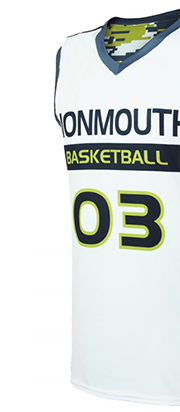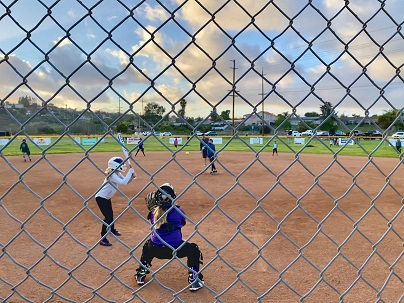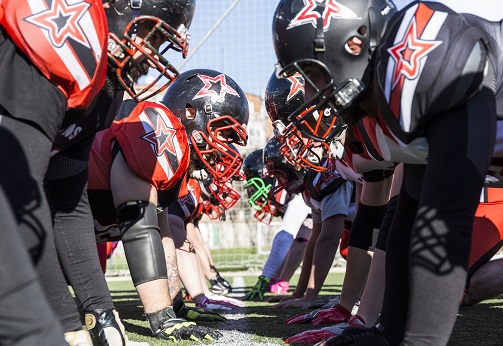Softball is a great sport for young girls to learn and develop their skills. Not only does it provide an opportunity for physical activity, but also teaches important values such as teamwork, sportsmanship, and discipline. Developing these skills early in life can help set the foundation for success in all aspects of life. As a softball coach and instructor for young girls, I’m passionate about providing them with the best chance possible to succeed in this amazing game.
Softball has become increasingly popular amongst young girls over the years due to its fast-paced nature and fun atmosphere. It’s an exciting way to stay active while learning how to work together as a team towards common goals. The games also emphasize proper technique which helps each player improve her overall skill level. With effective instruction from coaches, players can build strong fundamentals that will remain with them throughout their playing careers.
For any young girl looking to take her softball game to the next level, developing basic skills through practice and dedication is key. In this article, I’ll discuss various ways we can help our athletes hone their skills both on and off the field to create well-rounded players who are ready for anything that comes their way!
Fundamentals Of Softball
Softball fundamentals are essential for young girls to build their skills in the game. Teaching them softball basics, such as proper stances and throwing techniques can help set up a solid foundation for more advanced drills and plays later on. Softball is an exciting sport that requires focus and dedication from players of all ages.
Drilling the basic mechanics of softball into these girls’ heads will give them the confidence they need when playing against other teams. Through constant repetition of key softball techniques and drills, your team’s progress will be evident by their level of play throughout the season. With patience and practice, these girls can become strong competitors with excellent fundamental skills in no time at all. Transitioning now to discuss the benefits of softball for young girls…
Benefits Of Softball For Young Girls
Softball is a great opportunity for young girls to reap physical and psychological benefits, regardless of their competitive nature. It’s an ideal way to stay active in sports without putting too much pressure on oneself; helping players build confidence both mentally and physically.
Softball provides an excellent opportunity for developing a well-rounded skillset. Young girls can learn proper technique in throwing, catching, hitting, and base running while also improving agility, speed, strength, and endurance. Moreover, they gain confidence as they build on their athletic abilities through practice and repetition in game situations. This newfound sense of self-assurance carries over into other aspects of life such as schoolwork or social interactions.
Playing softball also encourages healthy competition among peers while fostering strong relationships between teammates who depend on each other both on and off the field. Girls become part of a team that emphasizes communication and cooperation; these two qualities allow them to develop key leadership capabilities early on in life. Furthermore, there’s no better way for young athletes to stay active than by participating in organized sports like softball which requires consistent practice and dedication throughout the season with girls softball uniforms.
Thus, softball offers great advantages to young girls looking to improve athleticism and instill important values such as discipline and hard work ethic. As much as it helps players hone their physical fitness levels through drills and games, it likewise teaches valuable lessons about teamwork, and respect for coaches/referees/opponents alike – making it one of the most beneficial sports out there for female youth today! With all these benefits considered then, strategies for developing softball skills should come easy enough given motivation and focus in honing individual talents will naturally follow suit!
Strategies For Developing Softball Skills
Introducing young women to the skills of softball requires a carefully crafted plan made up of drills and exercises. A successful practice should work on honing fundamental techniques such as hitting, fielding, and game knowledge while also developing an understanding of how each player works within their team’s strategy. Addressing weaknesses individually is key for making every competitor better equipped for success in this competitive sport!
To encourage skill development and engagement during practices, coaches can utilize different types of activities like batting stations, agility exercises, throwing relays, and more. Additionally, having individual players take turns leading warm-up stretches or demonstrating proper technique for their teammates provides opportunities for them to build confidence in their abilities. With guidance from both coaches and experienced players alike, these practice sessions will help young girls become comfortable with all aspects of the game so they can reach their full potential.
By implementing consistent drills into your practice plans along with plenty of positive reinforcement, you’ll be able to foster an environment where your players develop strong softball skills over time. Through patience and hard work, these young athletes will soon gain the confidence they need to succeed in this sport while growing as individuals too!
Conclusion
As a softball coach, I am passionate about helping young girls develop their skills and appreciate the game of softball. It is so important that they understand the fundamentals to be successful on the field. With knowledge of these basics comes an appreciation for the sport and its benefits. Not only does it provide physical activity, but also teaches valuable life lessons such as teamwork and dedication.
By providing drills that emphasize technique and focus on form, we can help them build confidence in their abilities. As they progress in their skill level, we must continue to challenge them with more difficult tasks while still making sure they are having fun. Ultimately, this will enable them to reach their full potential both athletically and personally.
My mission is to show each player how enjoyable it can be when you put your all into something – whether hitting a ball or accomplishing a goal off the field. Let’s make sure our players know just how capable they are!


























